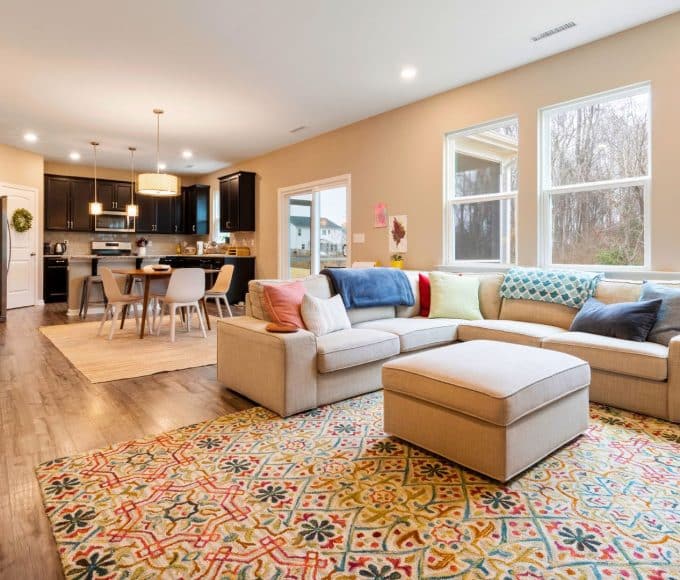A specialist craft since the medieval period of history, joinery could be said to be in decline. The craft involves specialists making wooden furniture and supports, from cabinets through to beams and stairs. The emphasis within joinery is on bespoke craft and hand made features, as well as on producing pieces within workshops, which are then fitted into buildings by carpenters.
Joinery is distinguished by the quality of the materials used, and the excellence of its engineering. While there are threats to joinery in terms of mechanical furniture making, and the difficulty of maintaining specialist crafts, there is also an argument that having joiner made furniture and wooden pieces around a home is still as important as ever.
Obsolete?
The work of carpenters and joiners in producing furniture, and working on the beams and wooden parts of homes, was hit by the 19th century Industrial Revolution, and the ability to mass produce pieces. Current trends for putting together flatpack furniture also mean that more expensive, bespoke joinery work is not in as much demand as it was even a few decades ago. Moreover, craft skills, and particularly those that involve long apprenticeships, are becoming more difficult to sustain.
Many older crafts are dying out across the UK due to the lack of training funds available for apprenticeships, with many joiners and other craftsmen now becoming self taught, and very specialised. In this context, a joiner may also have work as a carpenter in order to sustain themselves. However, the advantages of excellent joinery are plain to see when used properly in homes.
Aesthetics
Natural wood flooring, stairs and other wooden pieces that have been engineered to perfection can significantly enhance the aesthetics of a property. In the same way, bespoke cabinets and cupboards made from mahogany and oak can lend a home a period style and intricate details. The main benefit here of having a joiner made piece is that they tend to rely on classical styles and an attention to detail that makes it possible to invest in items that will last much longer than flatpack furniture.
Need for Design Quality and Customisation
Joinery’s importance also comes down to the quality of its design, and the ability to customise pieces to specific homes. Large mahogany cabinets, and timber framed windows, as well as open beam roofs will likely last a long time, and can continue to add value and security to a property over time. In the same way, being able to order wooden furniture and structural pieces from a joiner for the home means being able to be specific about size, shape and colour.
Adaptation
As a craft, joinery has also adapted to combining machine technologies and compatibility with modern furniture design. Cabinets with steel reinforcements, and the connection between wooden pieces and automated doors and switches, means hat it is possible to incorporate traditional wooden pieces into new fixtures. Bathrooms and kitchens are best for showcasing some excellent wooden furniture within the overall decor of a space. As a result, joinery arguably has a future as long as people want to possess items of real quality for their homes.
Citations:
Patrick Hegarty is a home improvement enthusiast who finds bespoke joinery brings a house alive













